The Future of Media Buying: A Comprehensive Market Analysis
The media buying landscape is rapidly evolving, driven by a combination of technological advancements, changing consumer behaviors, and shifts in the advertising industry. This transformation has led to new opportunities and challenges for advertisers and media buyers alike. Based on market analysis from Statista’s Advertising Outlook, this article will delve into the future of media buying worldwide.
Current State of Media Buying
Media buying is the process of purchasing space or time slots across different channels to display advertisements. Currently, it involves traditional mediums such as television, radio, print (newspapers and magazines), out-of-home (billboards), and digital platforms like social media, search engines, websites, and mobile apps.
According to Statista’s data, global revenue in the advertising market amounts to US$316 billion in 2021. Digital ad spending dominates this figure with a market volume of US$414 billion expected by 2025. Remarkably, a significant portion of this digital ad spend is directed towards mobile advertising due to the increasing number of smartphone users worldwide.
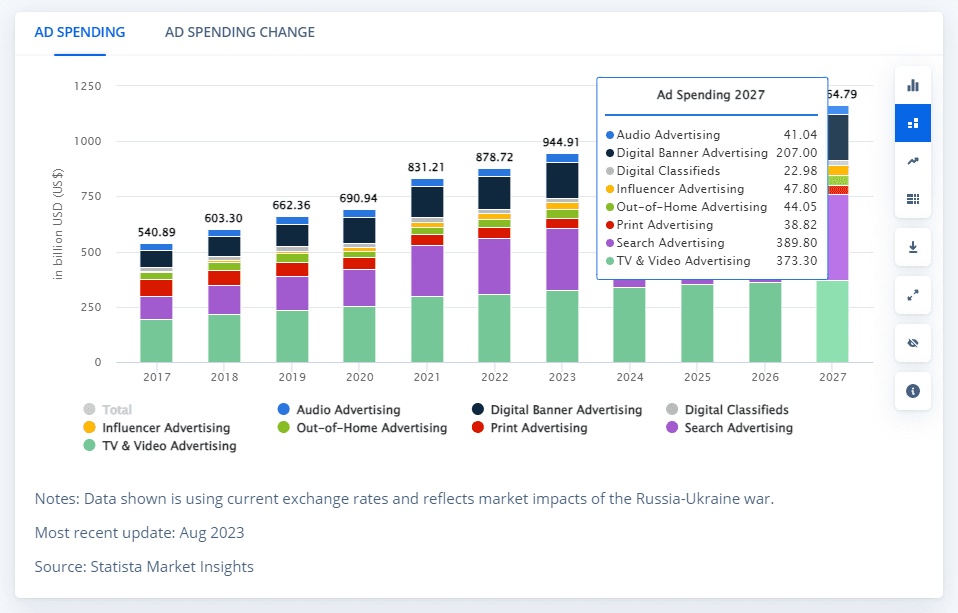


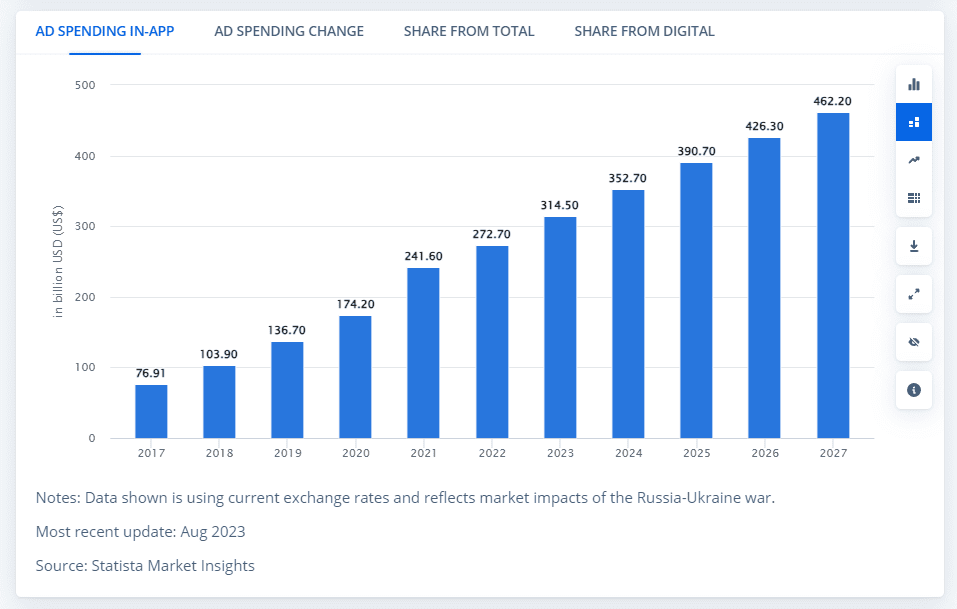


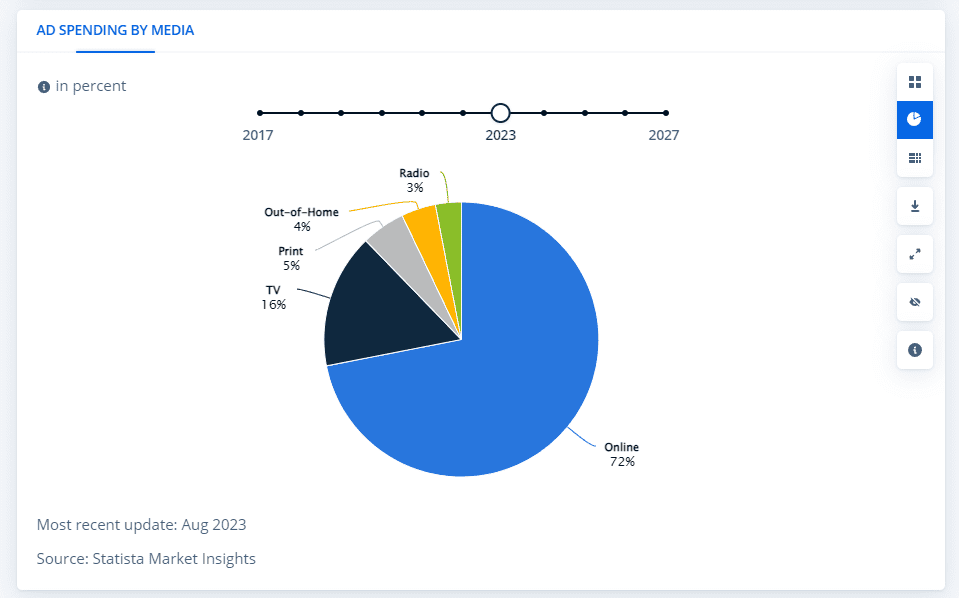
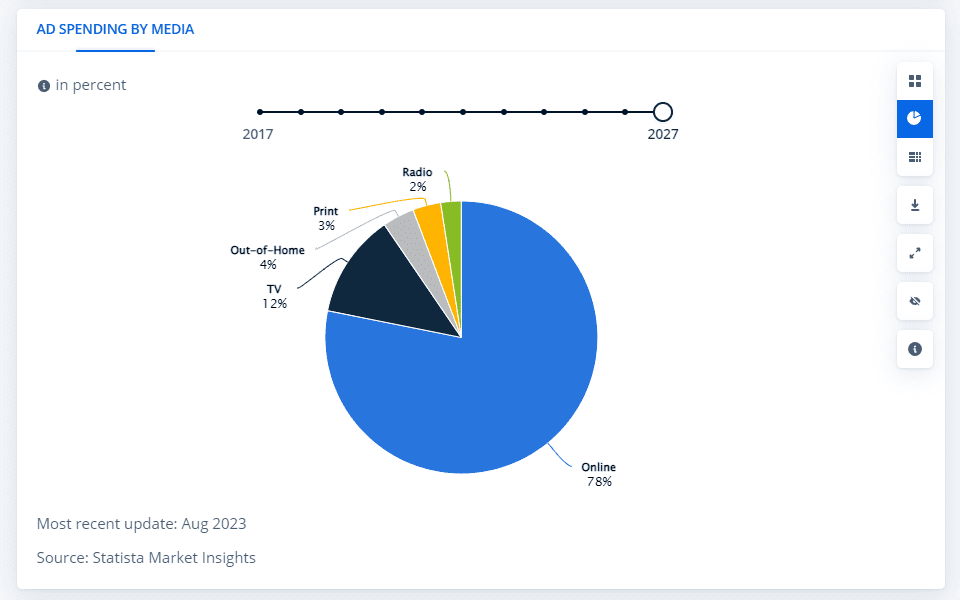

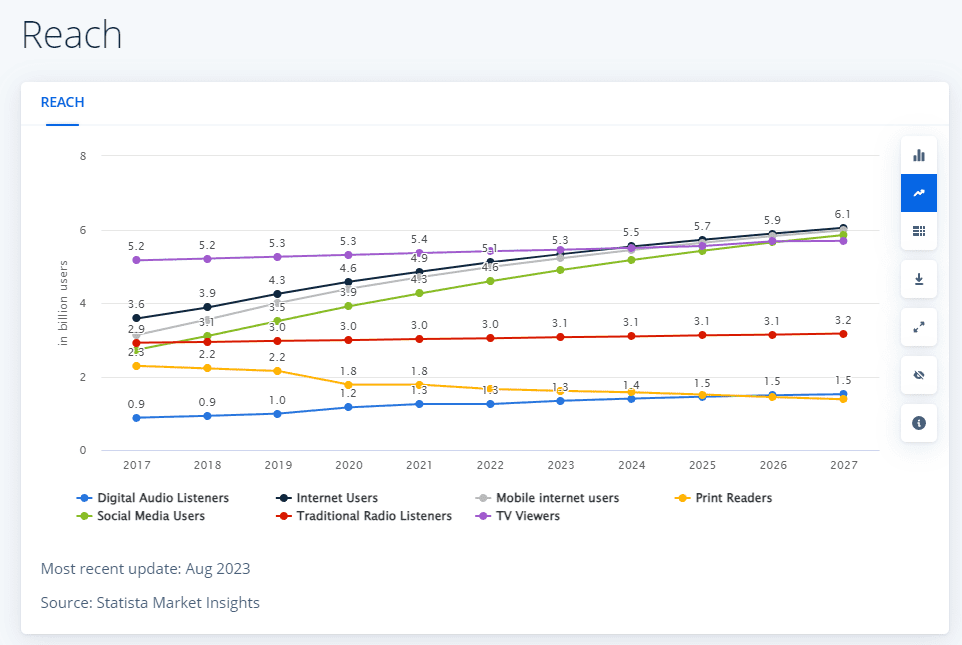
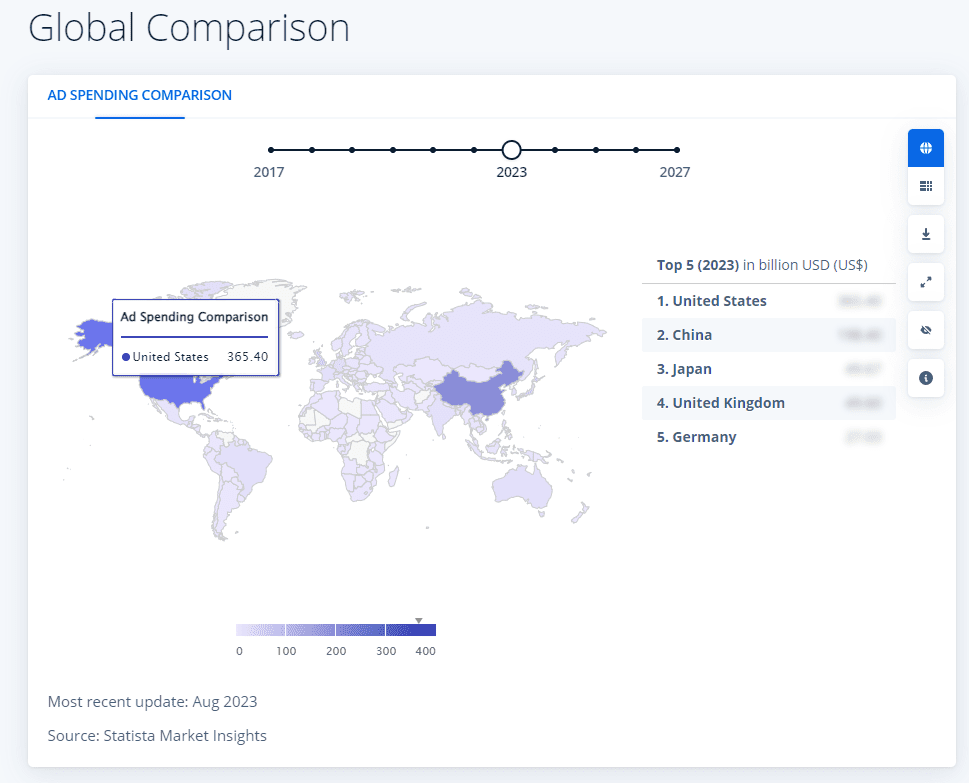
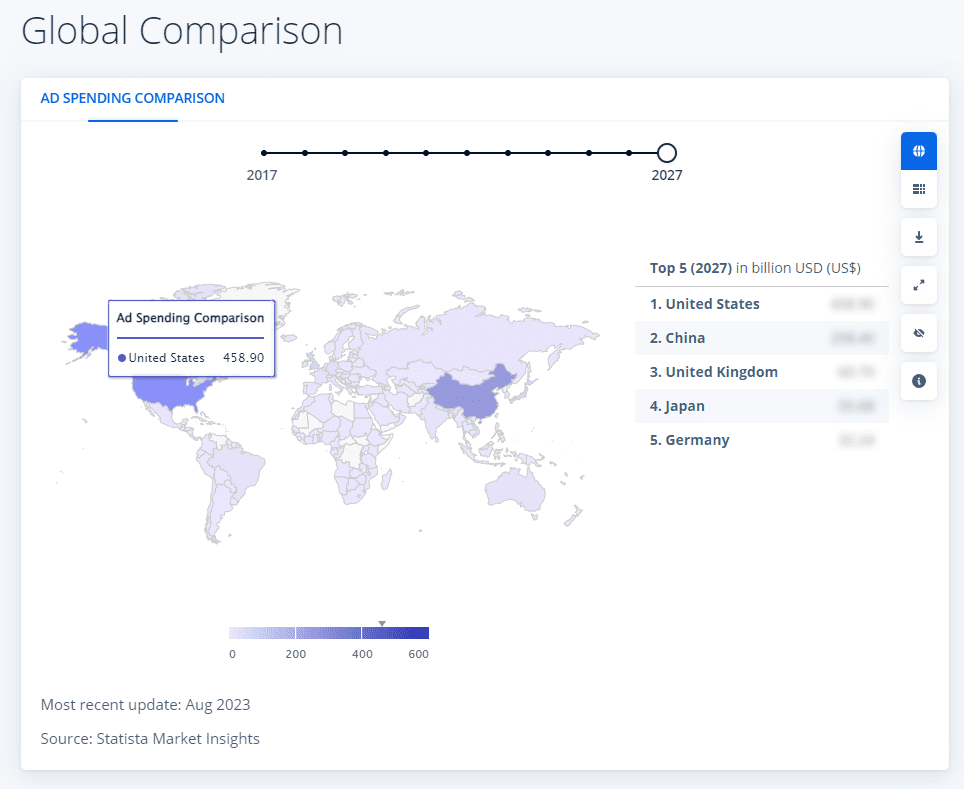
Emerging Trends in Media Buying
Several trends are shaping the future of media buying:
- Programmatic Advertising: Programmatic advertising is becoming increasingly popular due to its efficiency and effectiveness. It uses artificial intelligence (AI) algorithms to automate the purchase of ad space in real-time based on specific targeting criteria. According to Statista’s forecast, programmatic ad spending will reach $106 billion by 2022.
- Personalization: Advertisers are leveraging data analytics tools to understand consumers’ preferences better and deliver personalized ads that resonate with their interests and needs.
- Omni-Channel Approach: As consumers engage with brands across multiple touchpoints (websites, social media platforms, emails), advertisers are adopting an omni-channel approach that ensures consistent messaging across all these channels.
The Future of Media Buying
The future trajectory of media buying looks promising, with digital platforms taking the lead. Here’s what to expect:
- Increased Digital Ad Spending: As per Statista’s data, the digital ad spend is projected to grow at an annual rate of 6.5%, reaching $414 billion by 2025. This growth will be primarily driven by mobile advertising, expected to account for 70% of digital ad spending by 2025.
- Data-Driven Advertising: With the proliferation of big data and AI technologies, advertisers will increasingly rely on data-driven strategies for media buying. This approach allows them to target specific audience segments based on their online behavior, demographics, and preferences – thereby increasing the efficiency and effectiveness of their campaigns.
- Greater Emphasis on Privacy: As consumers become more aware of their privacy rights, advertisers will need to balance personalization with privacy considerations. The trend towards stricter data protection regulations worldwide means that media buyers must ensure their practices are compliant with these laws.
Challenges Ahead
Despite these promising trends, there are challenges that media buyers must contend with in the future:
- Ad Fraud: Digital advertising is susceptible to fraudulent activities such as click fraud and viewability issues where bots rather than humans view or click on ads. Media buyers will need sophisticated tools and strategies to combat this issue.
- Changing Consumer Behavior: The COVID-19 pandemic has led to significant shifts in consumer behavior, making it difficult for advertisers to predict future trends accurately. To stay ahead, media buyers must continually analyze market data and adjust their strategies accordingly.
Conclusion
The future of media buying is set for a significant transformation driven by technological advancements and changing consumer behaviors. While digital platforms will continue to dominate, traditional mediums like TV and radio will remain relevant due to their broad reach.
Moreover, programmatic advertising and personalization will become more prevalent as advertisers strive for efficiency and relevance in their campaigns. However, they must also navigate challenges such as ad fraud and shifting consumer behaviors while ensuring compliance with privacy regulations.
In conclusion, the future of media buying is dynamic and exciting. Advertisers who can adapt to these changes and leverage new technologies will be best positioned to succeed in this evolving landscape.